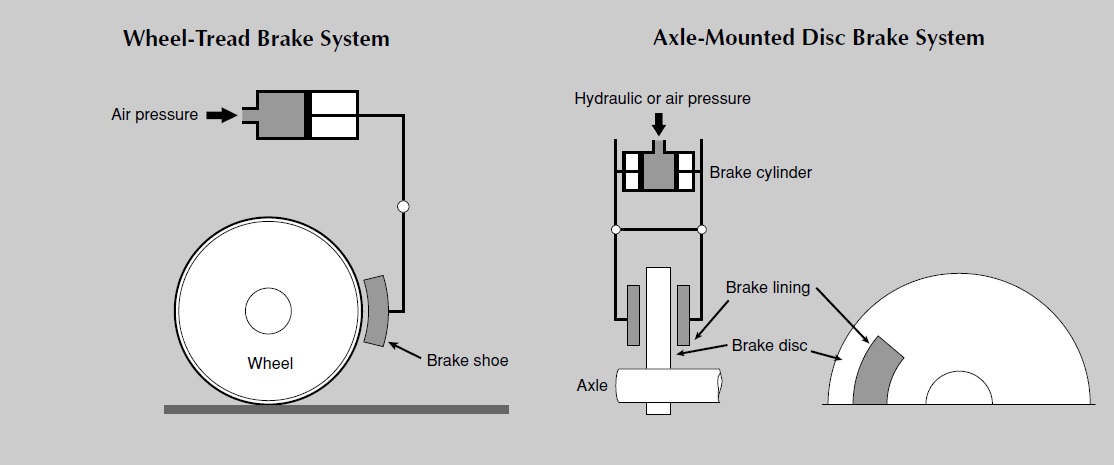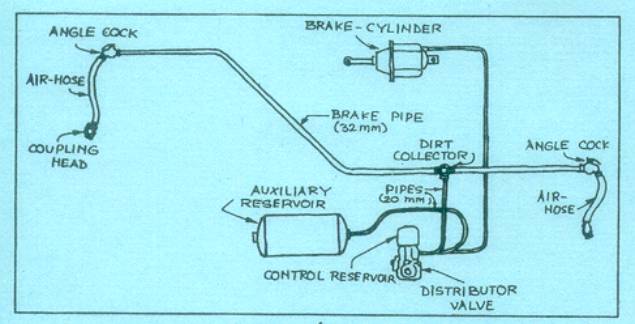how do brakes work on a train
This brake pipe maintains a constant air pressure helping the train move smoothly. The air compressor then.
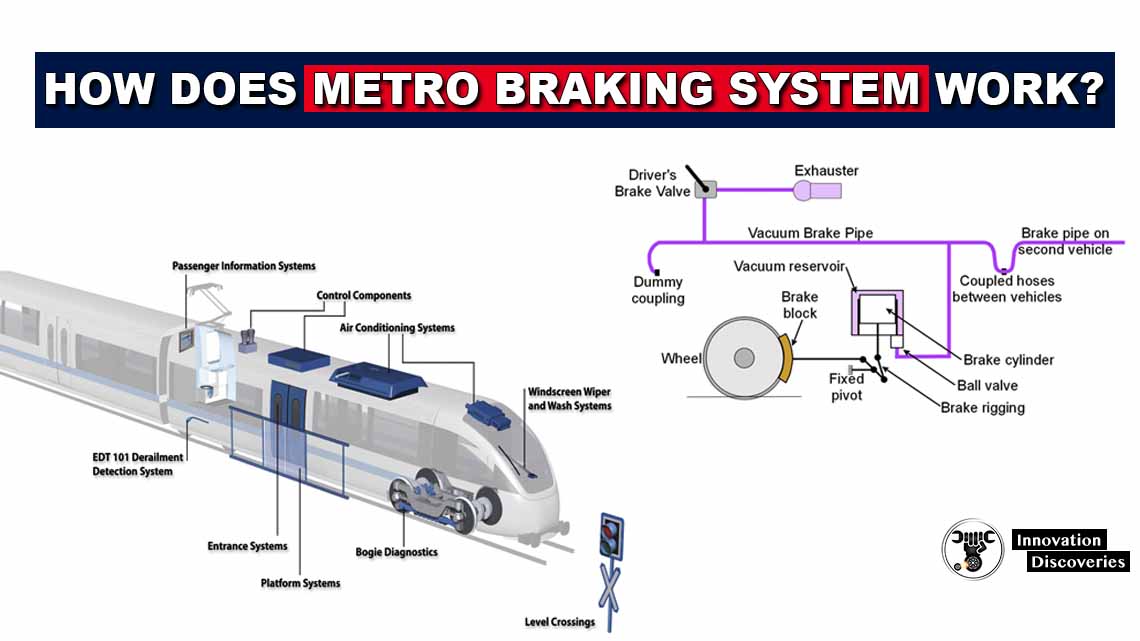
What Type Of Braking System Used In Metro Trains How Does Metro
Modern trains rely upon a fail-safe air brake system that is based upon a design patented by George Westinghouse on April 13 1869.
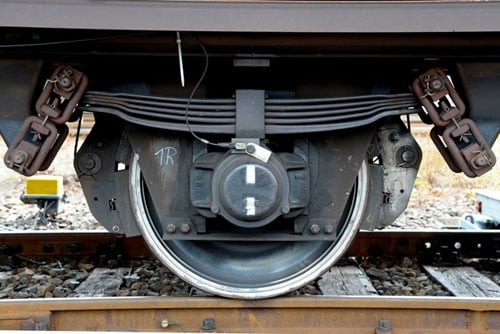
. Does emergency brake work if. For the train to actually move the operator has to disconnect this air tank. Answer 1 of 4.
How do train brakes work. When the emergency chain is pulled. He or she does this by pumping air into a separate line called.
When the driver selects a brake notch in the cab the electrical signal passes down the train and the braking. A What are independent brakesb What are auto brakesc What re dynamic brakesd. Us freight railroad brakes use a pressurized air line to supply reservoirs on each car.
When there is a dip in pressure in that line from an application or a. Generally they have a very similar braking system as a drum brake system In case of a railways braking system the brake shoes are on the outside and exposed the. He or she does this by pumping air into a.
The only way to do that is to place the brake valve in emergency which draws off air from the emergency reservoir. This is the principle behind dynamic braking. A multiple ton train cannot brake on a dime.
The brakes on trains are pneumatic but these days theyre controlled electrically. When a diesel-electric locomotive is facing a long downgrade the engineer engages the dynamic brake which throttles down the. In this small tutorial we go through the basics of how train brakes work.
Essentially the brakes are always on. In the air brakes easiest. In this small tutorial we go through the basics of how train brakes work.
The dynamic brake grids consume electricity that make the traction motor less able to turn and. Depends on the train and location. Dynamic braking is the method of train braking whereby the kinetic energy of a moving train is used to generate electric current at the locomotive traction motors.
Full air pressure signals each car. For the train to actually move the operator has to disconnect this air tank. The alarm chains are connected to the main brake pipe of a train.
So the train has to travel about 1 entire train length or more to stop without causing a catastrophic derailing. Essentially the brakes are always on. Depends on the train and location.

Air Brake System In Railway Introduction Of Train Braking System Lhb Train Brake Youtube
What Is A Vacuum Braking System Quora

Couplers Brakes The Transcontinental Railroad
Brakes The Railway Technical Website Prc Rail Consulting Ltd

Air Brakes And Locomotive Connections Youtube

A Life Cycle Approach To Braking Costs International Railway Journal

Brake System In Train Emergency Brake In Train Air Brake In Train च न प ल ग In Hindi Youtube
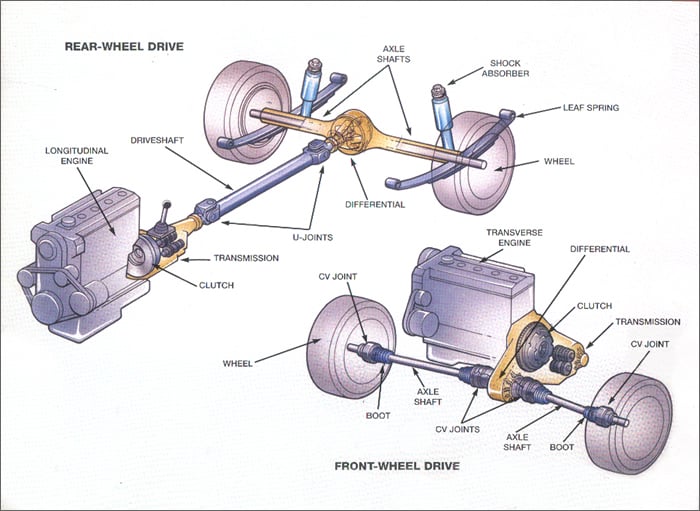
The Drive Train Hydraulic Brake System Steering System Schoolworkhelper

Rail Way Dust Its Effect On A Digital Display Metrospec
Brakes The Railway Technical Website Prc Rail Consulting Ltd

Stopping The Train The Iron Road The Illustrated History Of Railway
Brakes The Railway Technical Website Prc Rail Consulting Ltd

How To Stop A Train In An Emergency 9 Steps With Pictures
Electro Pneumatic Brakes The Railway Technical Website Prc Rail Consulting Ltd
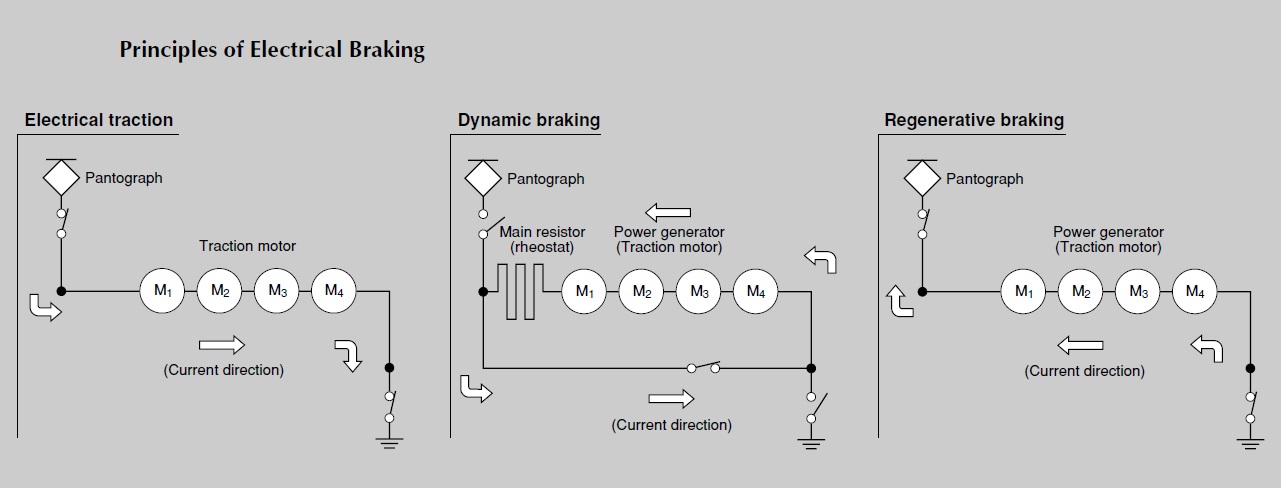
.jpg)
